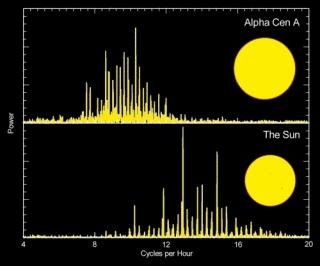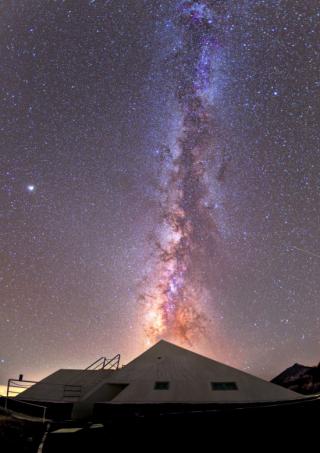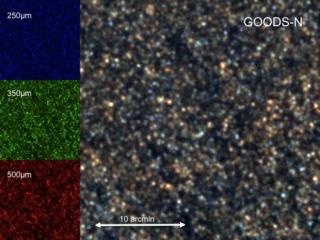
When we look at the Sun we cannot penetrate beyond its outer surface, the photosphere, which emits the photons that make up the radiation we can see. So how can we find out what is inside it?
Advertised on
This section includes scientific and technological news from the IAC and its Observatories, as well as press releases on scientific and technological results, astronomical events, educational projects, outreach activities and institutional events.


